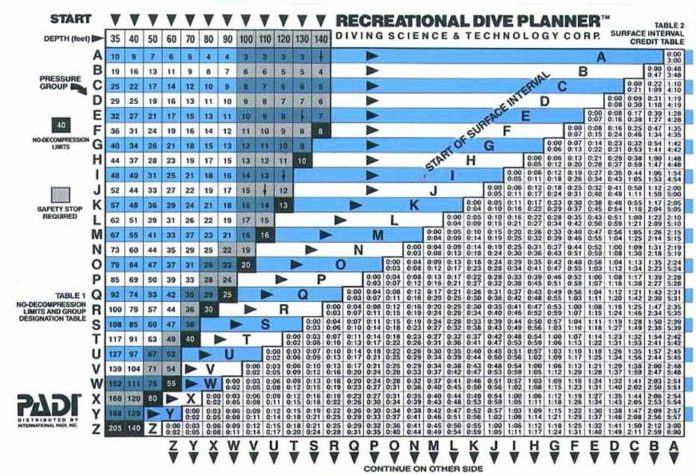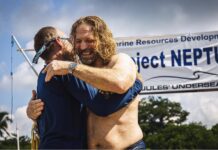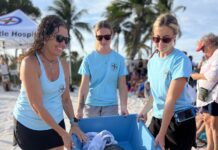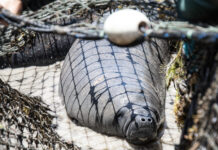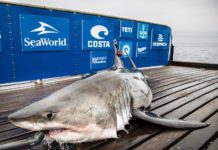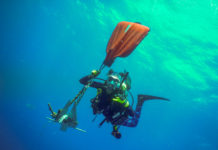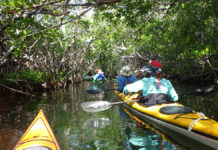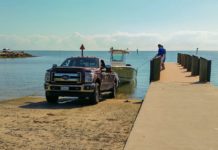Living in the Florida Keys, getting one’s diving certification seems like a no-brainer. There are year-round opportunities to get out on — and under — the water, and so much of our local wildlife isn’t visible to those of us on land. Sure, snorkeling is fun, but you can’t snorkel the Vandenberg, and you can’t check out amazing local reef restoration efforts, like Coral Restoration Foundation’s coral nurseries.
In fact, taking part in Coralpalooza 2019 was what prompted me to go ahead and take the proverbial plunge to get my diving certification. First of all, there are lots of local dive shops up and down the Keys that offer dive certifications. The PADI Open Water Certification is internationally recognized and is available at a number of outlets down here. I went with Southpoint Divers on Front Street in Key West to take my PADI course. I had heard great things about Southpoint from folks in the community: that they are thoughtful about being eco-friendly, have knowledgeable and enthusiastic guides and are a fun group.
Zach Goodfellow shepherded me through the process with kindness and patience, and the latter was especially necessary. I am so right-brained that a paint-by-numbers offends my sensibilities, so completing a dive test with depth and time calculations was reminiscent of that nightmare where you’re in a classroom and haven’t prepared for the exam (“Wait, I could swear I graduated from high school like 20 years ago…”). But I had prepared! Zach set me up with the PADI video tutorial, with intermittent quizzes and reviews.
My advice to any prospective divers: don’t underestimate the amount of attention you need to pay, and ideally, take notes. Questions like this one pop up and bring you back to the SAT Math section:
I am planning to make two dives. The first dive is to 60 feet for 45 minutes, and the second dive is to 60 feet for 45 minutes. How long would I have to stay on the surface (minimum surface interval) to do these two dives safely?
- 26 minutes
- 1 hour and 4 minutes
- 1 hour and 10 minutes
- 1 hour and 14 minutes
You calculate this answer by using the trusty recreational dive planner (see image), and coolly calculate the pressure group you’re in after the first dive (i.e. a measure of how much nitrogen is in your blood and how much time it will take to lower it), and then figure out how much time at the surface you need. Spoiler alert: I got this one wrong, but it’s an hour and 10 minutes.
I passed, but not with flying colors, a bit of a blow to this former book nerd. After the rigor of a day of testing, hopping in the pool at the Marker for my next day of training was a bit of a relief. The Marker has been a great partner to Southpoint, making their pool available for training (and it’s only 5 feet deep—no fear!) For the pool day, John Brazau demonstrated hands-on skills like taking your mask off underwater while breathing normally, clearing your mask, sharing a regulator, signaling to a dive buddy the need to share air, and surfacing.
The skills make much more sense in practice, especially in a safe space (read: NOT the ocean) and gave me and fellow divers a sense of confidence before hitting the open water. The good news is, most folks, including those with some mobility limitations, could complete the first two days of training. Be ready to pay full attention and listen to the instructor. As Brazau said: “If you can’t pay attention in the pool, I’m not confident you will in the ocean.” With the test and the pool skills under my (dive) belt, the next stop is the reef!
















